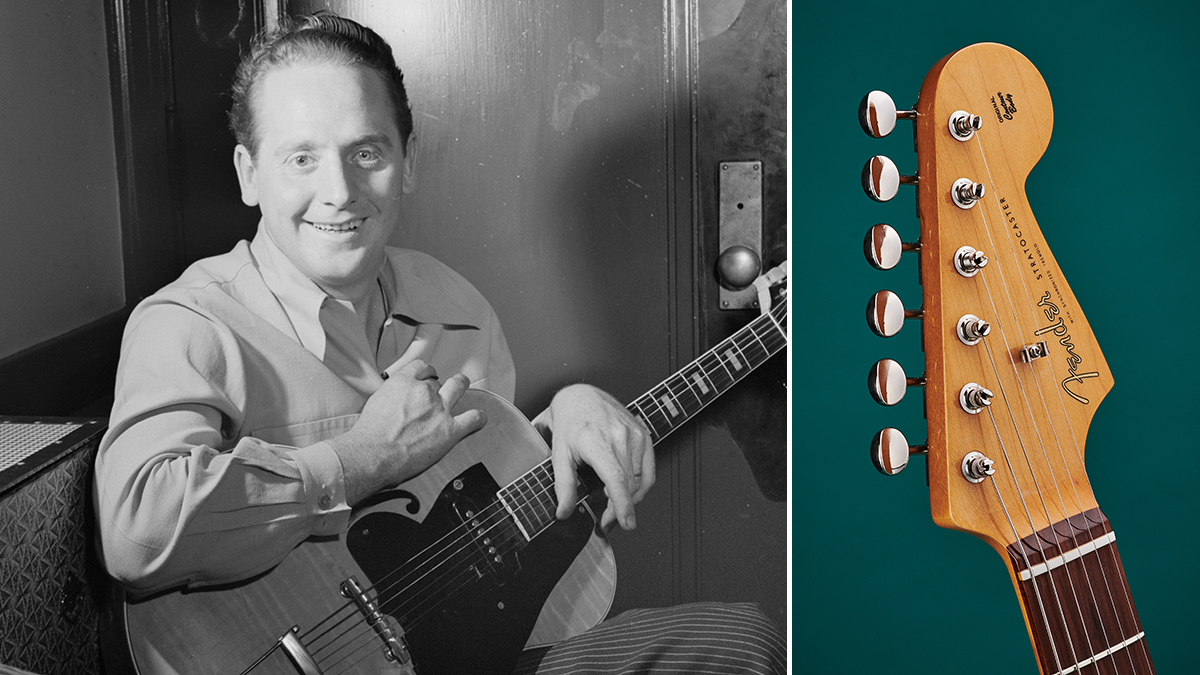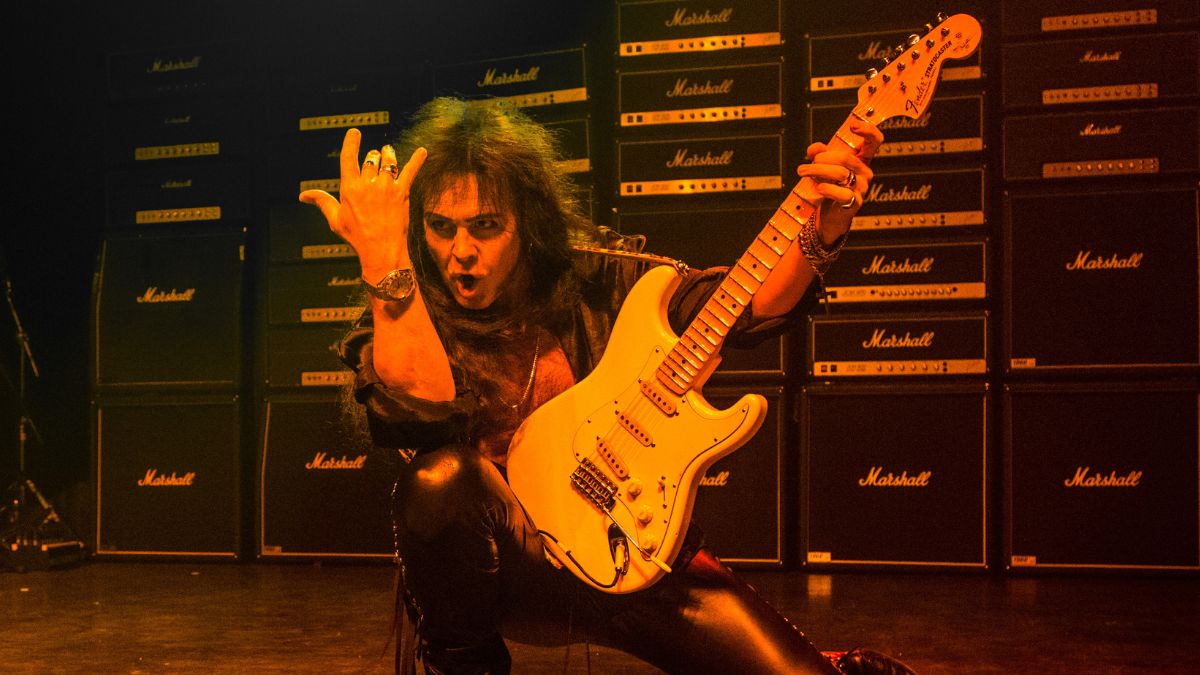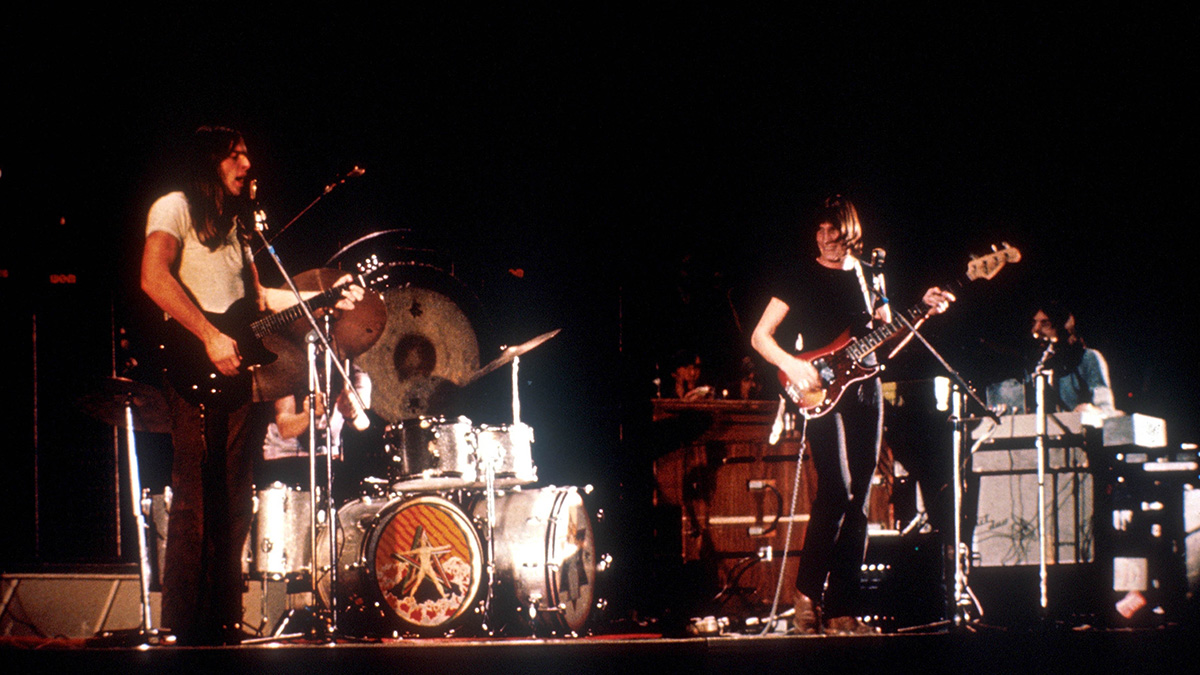“Leo wanted me to be partners with him, for it to be the Fender guitar – the Les Paul Fender”: Les Paul was once approached by Leo Fender to work together on a solidbody electric guitar

The Les Paul is arguably the most recognizable and iconic electric guitar to ever feature in Gibson’s lineup, but had history panned out slightly differently, it might not have been a Gibson model at all – it could have been a Fender.
That sounds totally wild on paper – especially given the fact Gibson and Fender are two of the biggest brands out there, and two historical competitors – but the ‘Les Paul Fender’ actually came rather close to happening… sort of.
In an old 2009 interview recently resurfaced by MusicRadar, Les Paul himself recalled how Leo Fender had approached him and proposed partnering with one another to work on Paul’s design for a solidbody electric guitar.
At the time, Paul – who was friendly with Fender and other innovators of the era – was well underway developing and experimenting with his guitar prototype, “The Log,” which would pave the way for the Les Paul as we know it today.
And before Gibson finally agreed to work with Paul on the concept, Leo Fender spotted a window of opportunity that he tried to take.
"At that time Leo wanted me to be partners with him – for it to be the Fender guitar: the Les Paul Fender,” Paul recalled. “When he approached me with the idea, he brought over a guitar and he gave it to me and I have it here.”
Despite Fender's credentials in the guitar makers circle, he famously didn’t actually play the guitar, and so Paul was unconvinced that Fender represented the best opportunity for him and his guitar designs.
Get The Pick Newsletter
All the latest guitar news, interviews, lessons, reviews, deals and more, direct to your inbox!
Instead, he wanted to go with a more historic establishment: Gibson, which was perceived by Paul as “the biggest company in the world.”
“I thought, if I'm gonna do this I'm going to go with the biggest company in the world: Gibson,” he continued. “Why should I fool around with some guy who is not a musician – I should go to the Gibson people.”
However, those Gibson people weren’t initially too fussed on Paul’s proposition, and it took a while before The Log, its maker, and the prospect of developing a solidbody electric guitar had convinced the brand to come aboard and get behind the project.
By all accounts, it was actually the work of Fender – who had since gone on to produce the Broadcaster – that finally prompted Gibson to give credence to Paul’s design and vision.
The rest, as they say, was history, and it wasn't long before Paul's Number One was produced with the help of Gibson and Ted McCarty.
“The Gibson people turned it down and they continued to turn it down all the way to 1950,” Paul concluded. “Then in 1950, they called me and say, ‘Would you bring that gadget in?’”

Matt is the GuitarWorld.com News Editor. He has a Masters in the guitar, a degree in history, and has spent the last 16 years playing everything from blues and jazz to indie and pop. When he’s not combining his passion for writing and music during his day job, Matt records for a number of UK-based bands and songwriters as a session musician.
“What blew me away was that everyone wanted the curly maple top. People were calling, saying, ‘I’ve got to have the bird inlays’”: Paul Reed Smith on raising the Standard 24, finally cracking the noise-free guitar and why John Sykes is a tone hero
“It combines unique aesthetics with modern playability and impressive tone, creating a Firebird unlike any I’ve had the pleasure of playing before”: Gibson Firebird Platypus review











